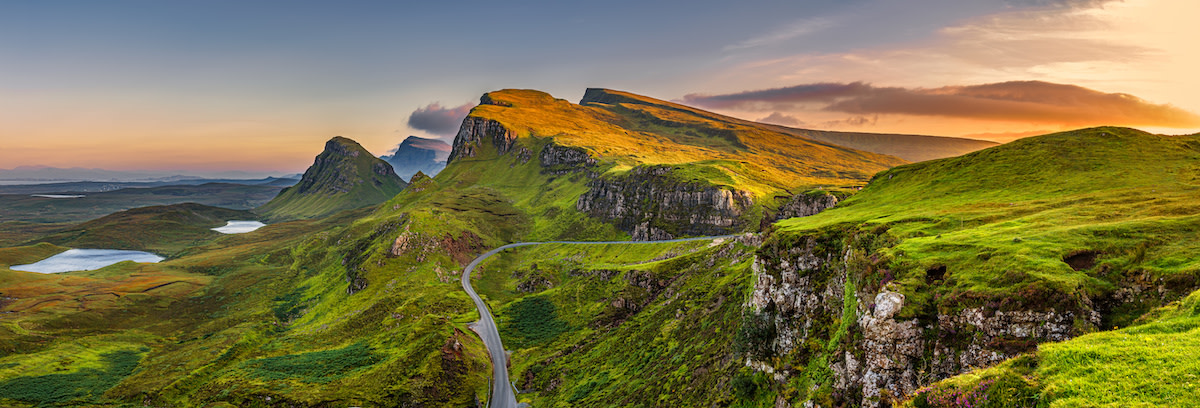How to Write a Believable World: A Guide to Worldbuilding
Written by MasterClass
Last updated: Sep 1, 2021 • 4 min read
Whether you’re writing a book, a film, or a video game, the imagined world you build should still feel like a real world, which means it must function with its own set of rules. Figuring out these rules takes time and attention to detail, but they will ultimately establish the basic structure of your universe.
Learn From the Best
What Is Worldbuilding?
Worldbuilding is the part of the writing process that sets up where your story takes place. When you build a world, you include the landscape that your characters will inhabit, the tone of your story, its major preoccupations and themes, as well as the nature of its morality. Worldbuilding lays the groundwork for your characters to develop, providing the stage for where your creations will perform. It’s okay if you can’t answer every question there is about your world, but setting down the basics will help you start writing and building.
What Is the Purpose of Worldbuilding?
The purpose of worldbuilding for writers is to give their story structure and somewhere real to live. A starting point should be to establish the rules and boundaries of your imaginary world and how everything exists within it. Even if the world you’re building is exactly like our world, it’s going to have rules. In the real world, those rules are built-in, since most readers already know what they are. In a fantasy world, the rules may be different—and part of what makes your setting interesting.
Having a general idea of what your main characters will be up against in this new world, both against external conflicts and one another, will help you flesh out the nature of your setting and your world.
4 Examples of Successful Worldbuilding
Science fiction and fantasy genres are especially heavy into fantasy worldbuilding, providing complex, layered settings populated with diverse forms of life.
- George R.R. Martin, famous for writing the epic fantasy fiction series Game of Thrones, which is most known for its expansive world and ever-growing cast of characters
- Another famous fantasy writer is J.K. Rowling, who created the Harry Potter universe, which blends a real-world setting with magical elements.
- George Lucas’s Star Wars is set in a world outside of our universe where aliens interact with humans and where advanced technology mixes with ancient tradition.
- A role-playing game (RPG) is a genre seen throughout popular video game franchises and tabletop games. The game Dungeons & Dragons uses an intense worldbuilding process executed by players, allowing them to customize a fantastical environment filled with lore for a more magical world.
8 Tips to Guide Your Worldbuilding Process
Some writers juxtapose a real-world setting with fantastical elements, and many create entirely imaginary universes with their own physical laws and logic and populations of imaginary races and creatures. However you decide to craft your world, there are a number of worldbuilding questions you can answer (if applicable to your story) in order to help you along:
- 1. Decide where to start. Whether it’s the language spoken by the inhabitants or the apocalyptic landscape, pick the aspect of the world you’re most excited about exploring and start there.
- 2. List the rules and laws. The inhabitants who live in this world you’ve created will have their own independent existence. What is their governing system? Who is in charge? Do they use magic in this world? If so, who can use it, and how powerful is it? Setting up boundaries helps create a more realistic world that functions like a real one.
- 3. Establish the type of world you want. Pick a genre. Is this a dystopian or fantasy novel (or both)? Does it take place in our Earth or is it an alternate earth? Knowing this will help figure out the tone and mood of your world.
- 4. Describe the environment. What’s the weather like? How does it affect the world or planet? Are there natural disasters? Are there extreme temperatures? What natural resources exist in this location? How do people use the land? Establishing the environment and how it impacts the life within it can be a useful detail in the creation of your world.
- 5. Define the culture. What do the inhabitants of this universe believe in? Is there religion? Is there a God? Do they have any sacred customs? What do they celebrate? Breathe life into the characters who populate this location by giving them a meaningful existence.
- 6. Define the language. How do the inhabitants communicate? Is there a common tongue? Are there any ‘bad words’ that are off-limits? Knowing what can and can not be said in your world can be an apt source for conflict.
- 7. Identify the history. What is the history of this place you’ve created? Have there been any world wars? Do the countries within your world have enemies? Are there rival races? Is there a sole antagonist? Providing the backstory for your world can give it an added dimension and make it feel more tangible.
- 8. Use existing works to inspire. Revisit the works of successful authors to get inspiration. Never steal ideas, but review the work of other fiction writers to see how they answer the same worldbuilding questions within their own novel writing.
Want to Learn More About Writing?
Become a better writer with the MasterClass Annual Membership. Gain access to exclusive video lessons taught by literary masters, including Margaret Atwood, David Baldacci, Joyce Carol Oates, Dan Brown, and more.
